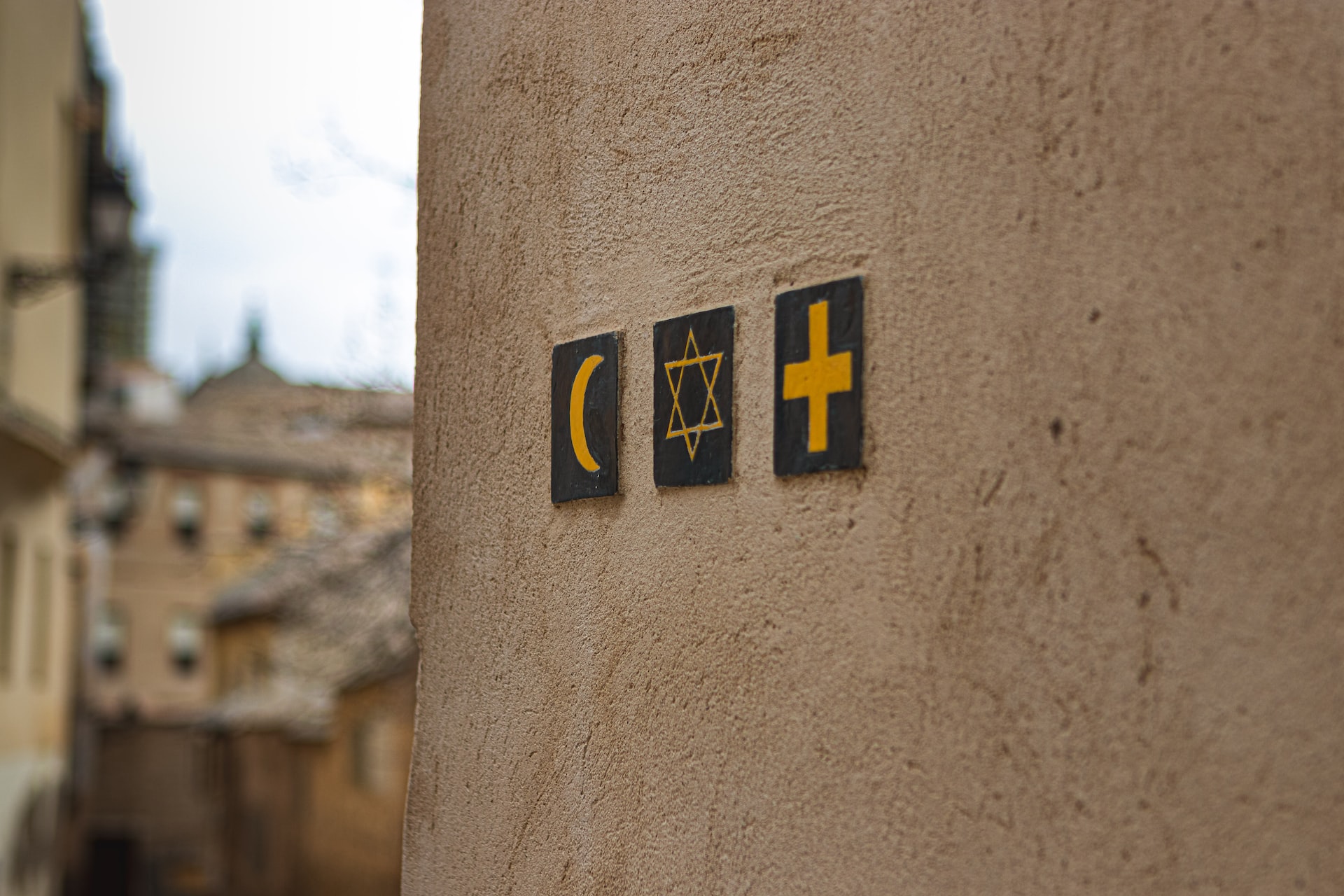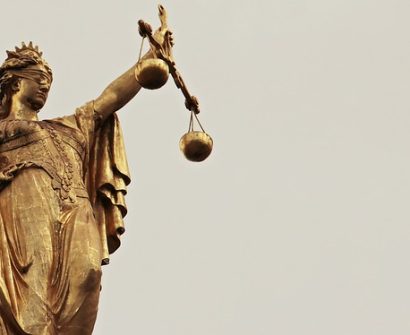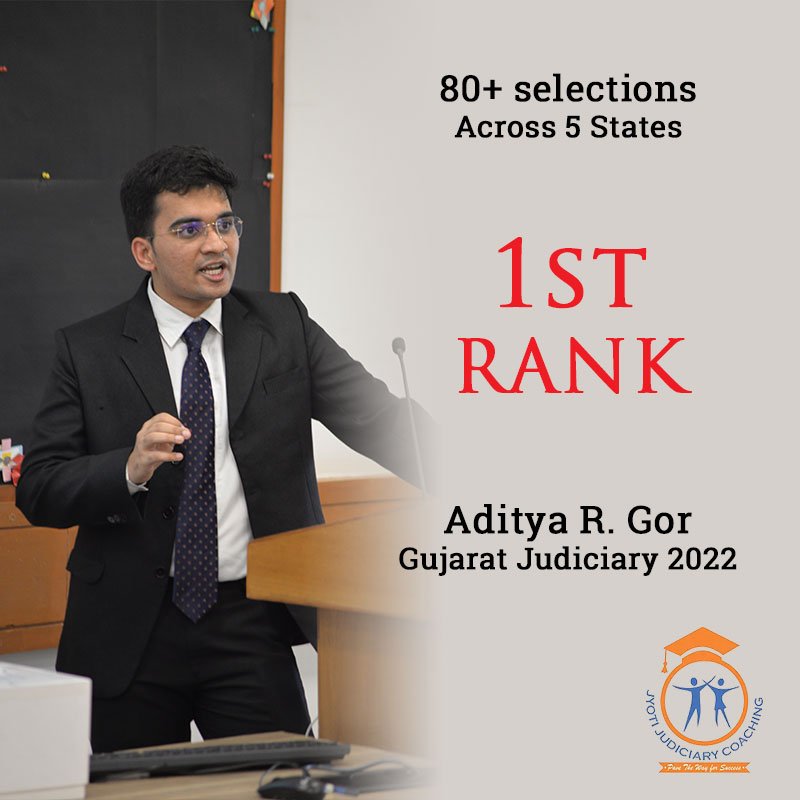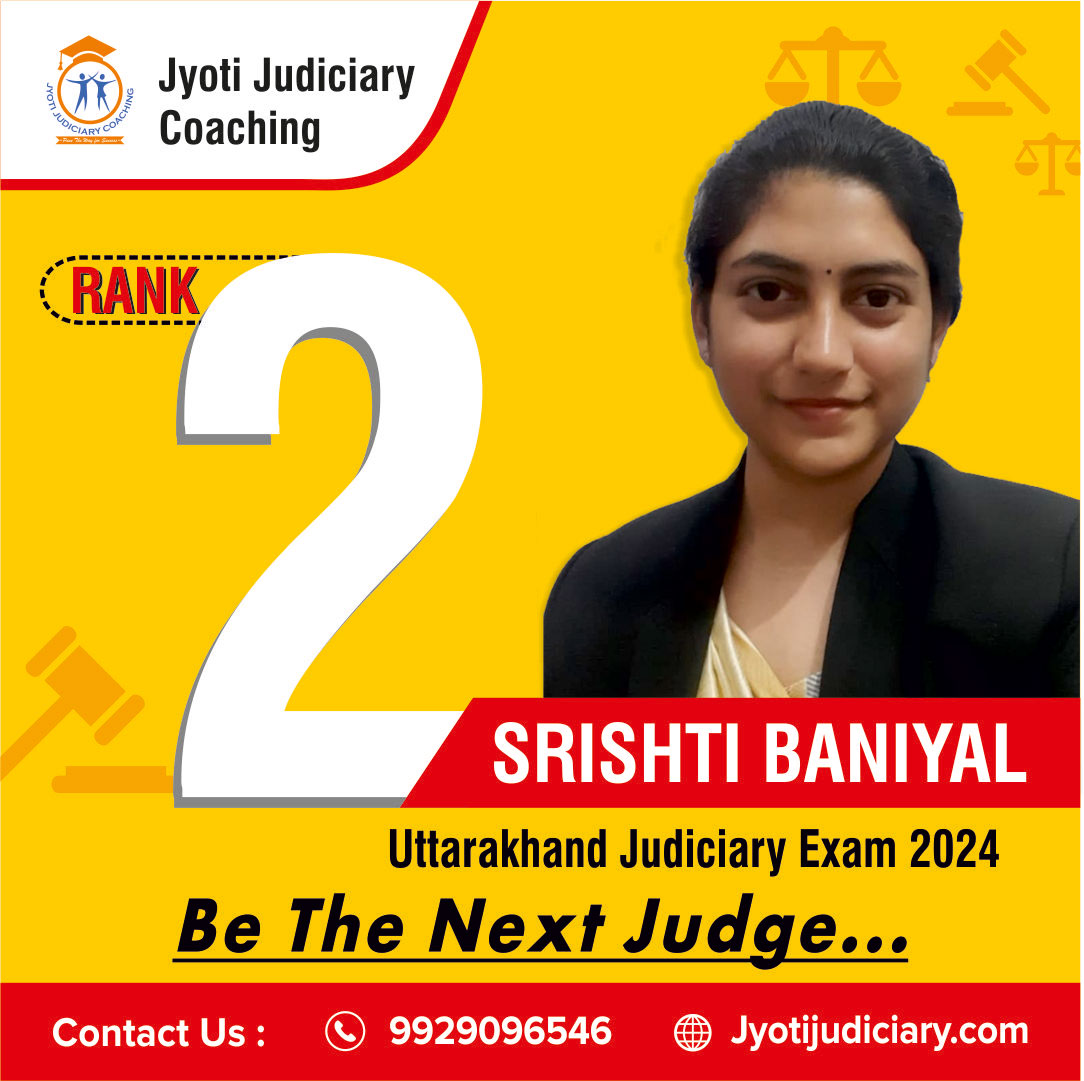Summary and Critique- Freedom of Religion in India: Current issues and Supreme Court Acting as clergy by Faizan Mustafa & Jagteshwar Singh Soni

The Freedom of religion in India: Current Issues and Supreme Court acting as clergy, herein the authors have taken measures to define religion in the views of various eminent authors/jurists. The authors have provided a well outlined paper that deals with religion, the importance of the same in an individual’s life and its power to unite the society. The authors have quoted views and theories in order to explain out and provide clear idea about religion. The
The first head of the paper which is ‘the case of religious freedom’ specifies that religion has been a part of human society since time immemorial.[1] Leading to the Indian society the authors have highlighted the existence and importance of religion in India. Along with focusing on secular feature of India the authors further head to the independent India and provisions of the Indian Constitution dealing with the aspects of freedom of religion. The key point of the paper provides the basis used by the framers of the Indian Constitution to characterize India as a ‘secular’ country which is to establish a society which follows a spirituality that leads to the highest power and not particularly one religion.
The ‘sarva dharma sambhava’ concept is mentioned by the authors that according to them regards all religion as true. Following the same, the Indian Constitution lays down no religion would be given preference over the other and the citizens are free to follow and practice their religion.[2] To give a clear vision on same the authors provided views of Dr. Radhakrishnan and explain ‘Areopagitica’ as well.
The authors move ahead to highlight the fact that religion which was originally viewed as a path of spirituality and to bring in happiness to an individual, family and community[3]; became a tool to divide people used by the Britishers and later under communal politics. The authors provided reports by U.S.[4] and European Parliament[5].
The second head deals with two parts i.e. history of secularism and the Supreme Court as Clergy. The former part clearly specifies the intent of Secularism in India especially with respect to right of minorities in order to protect their language and culture. The authors successfully point the essential reasons owing to which secularism became a fundamental principle of the Constitution. The latter part brings out the role of Supreme Court wherein the scope of integral practice to the religion is dealt. In the landmark case of Shirur Mutt case[6] the Supreme Court deals with essentiality test of practices. Further the paper mentions various cases and practices dealing with the same.
The third head firstly deals with anti-conversion laws under Stainislaus case[7] in detail. The authors put upfront their views where religion is a dynamic process and it is completely an individual’s personal choice and freedom to change his religion and belief. Any restrictions on such freedom to change is pointed out a chilling effect by the authors.[8] Article 25 of the Indian Constitution and its ambit is further dealt in the paper.
The second aspect dealt is affirmative actions. The authors bring out that the definition of the Scheduled Caste does not include non-Hindus. Also quoting the time since 1951 the authors mention the unrest where the political leaders influence and control the choice of an individual to change into other religion. The 1950s incident of ghar vapsi and its related scenarios are mentioned as well in the paper.
Thirdly, the authors bring in focus the cow slaughter ban where the same is dealt on various fronts like ancient beef practices, imposing of a certain belief and adverse effect on right to occupation of butchers. The paper also deals with political trend from 2014 and through various judgments of the High Courts and the Supreme Court the same has been dealt in details on various incidents from 2015.
While concluding the authors summed up mentioning the essence of religion and the basic idea of positioning secularism in the Indian Constitution. The essentiality test and its importance is outlined. The term ‘superstition’ and its changing dynamics its dealt and the mention of observation by Australian Court is outlined. The basic idea related of religion and its evolution is regarded important by the authors.
Concluding Remarks
The authors have well equipped the concept of religion in order to bring up its true meaning while making use of definitions of prominent recognition. However when explaining the true essence of religion and spirituality it would be more relative to make use of ancient Indian texts like Rig Veda which in a way provides the right path of living. In addition to same the views by Swami Vivekananda and Mahatma Gandhi’s points on acceptance of ‘sarva dharma sambhava’ could be more beneficial in order to understand the concept mentioned.
When dealing with the history of secularism in India and views of European are clearly depicted in the paper. The later part dealing purview of essentiality test explained through various judgements of the Supreme Court and practices is detailed and provided clarity. The authors further dealt with various judgements, real incidents, political trend and ambit of right to occupation across the further heads which is well supported through various articles, blogs and newspaper reports.










